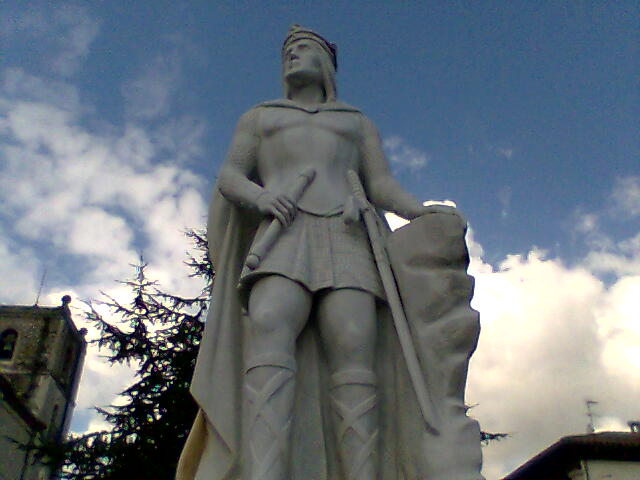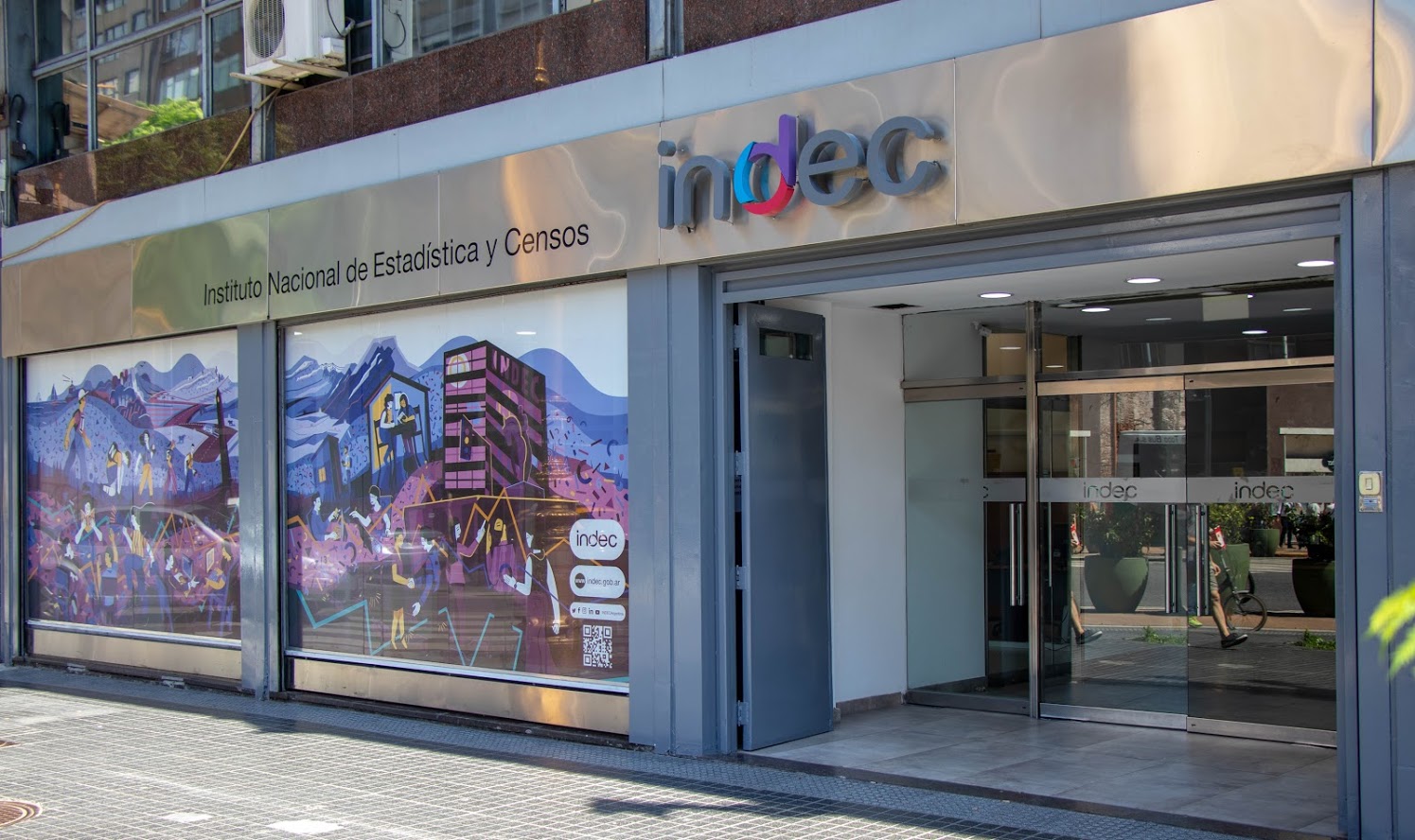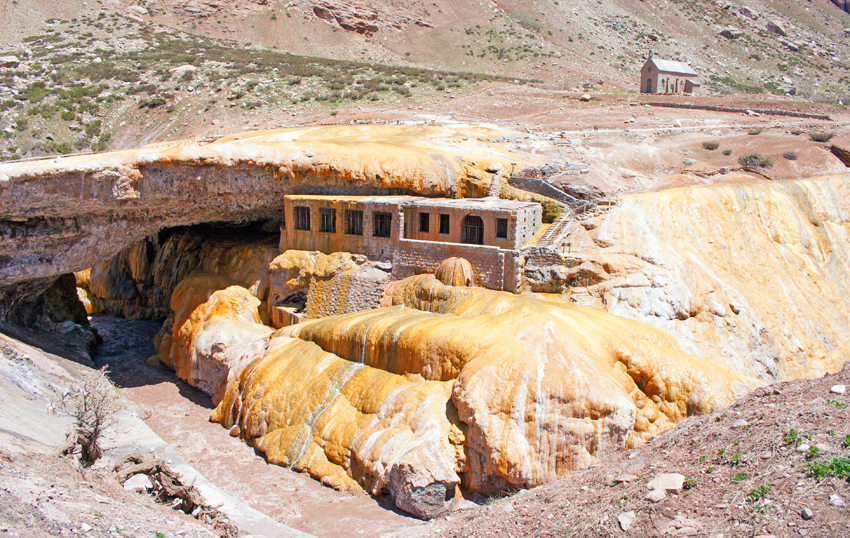|
Punta De Vacas
Punta De Vacas, meaning "cows point", is a Hamlet (place), hamlet in Mendoza Province, Argentina between Mendoza, Argentina, Mendoza and Puente del Inca, not far from the border with Chile. The city was once served by the now disused Transandine Railway which ran from Mendoza in Argentina to Los Andes, Chile, Los Andes in Chile. From there, the Tupungato mountain can be viewed. This mountain rises at 6800 meters above sea level. It constitutes one of the accesses to the Aconcagua Provincial Park and the ascension routes to the Aconcagua mountain. According to the INDEC census of 2001, Punta de Vacas has a population of 47 inhabitants. In spite of its small size and reduced population, this location has gained worldwide popularity due to being the site of one of Silo's first public speeches, "The Healing of Suffering" (see Mario Rodríguez Cobos), on May 4, 1969. This site is now a Park where Silo's followers meet from time to time for study and reflectio Populated places in ... [...More Info...] [...Related Items...] OR: [Wikipedia] [Google] [Baidu] |
List Of Cities In Argentina
This is a list of cities in Argentina. List of Argentine cities of 45,000 to 150,000 inhabitants This is a list of the localities of Argentina of 45,000 to 150,000 inhabitants ordered by amount of population according to the data of the 2001 INDEC Census. * San Nicolás de los Arroyos (Buenos Aires) 133,602 * San Rafael (Mendoza) 104,782 * (Buenos Aires) 103,992 * (Chubut) 103,305 * (La Pampa) 101,987 * (Buenos Aires) 101,010 * (San Luis) 97,000 * (Chubut) 93,995 Morón (BuenosBuenos Aires) 90,382 * (Buenos Aires) 90,313 * Carlos de Bariloche (Río Negro) 90,000 * Maipú (Mendoza) 89,433 * Zárate (Buenos Aires) 86,686 * Burzaco (Buenos Aires) 86,113 * Pergamino (Buenos Aires) 85,487 * Grand Bourg (Buenos Aires) 85,159 * Monte Chingolo (Buenos Aires) 85,060 * Olavarría (Buenos Aires) 83,738 * Villa Krause (San Juan) 83,605 * Rafaela (Santa Fe) 82,530 * Junín (Buenos Aires) 82,427 * Remedios de Escalada (Buenos Aires) 81,465 * La Tablada (Buenos Aires) 80,389 * ... [...More Info...] [...Related Items...] OR: [Wikipedia] [Google] [Baidu] |
Mendoza, Argentina
Mendoza (, ), officially the City of Mendoza ( es, Ciudad de Mendoza) is the capital of the province of Mendoza in Argentina. It is located in the northern-central part of the province, in a region of foothills and high plains, on the eastern side of the Andes. As of the , Mendoza had a population of 115,041 with a metropolitan population of 1,055,679, making Greater Mendoza the fourth largest census metropolitan area in the country. Ruta Nacional 7, the major road running between Buenos Aires and Santiago, runs through Mendoza. The city is a frequent stopover for climbers on their way to Aconcagua (the highest mountain in the Western and Southern Hemispheres) and for adventure travelers interested in mountaineering, hiking, horse riding, rafting, and other sports. In the winter, skiers come to the city for easy access to the Andes. Two of the main industries of the Mendoza area are olive oil production and Argentine wine. The region around Greater Mendoza is the largest win ... [...More Info...] [...Related Items...] OR: [Wikipedia] [Google] [Baidu] |
Mario Rodríguez Cobos
Mario Luis Rodríguez Cobos (6 January 1938 – 16 September 2010), also known by the mononym Silo, was an Argentine writer and founder of the Humanist Movement. An active speaker, he wrote books, short stories, articles and studies related to politics, society, psychology, spirituality and other topics. Although he described himself simply as a writer, many see him as a thinker and philosopher, based on the diversity of issues about which he has written. Biography Silo was born into a middle-class family of Spanish origin in Mendoza, Argentina. His father was winemaker Rafael Rodriguez (from Granada) and his mother Maria Luisa Cobos, a Basque and a music teacher. He was the youngest of three children, with two older siblings in Raquel and Guillermo. He undertook primary and secondary education with the Maristas Brotherhood, achieving excellent grades, while practising gymnastics and specializing in the pommel horse and reaching high positions in the regional rankings. In a ... [...More Info...] [...Related Items...] OR: [Wikipedia] [Google] [Baidu] |
INDEC
The National Institute of Statistics and Censuses ( es, link=no, Instituto Nacional de Estadística y Censos; INDEC) is an Argentine decentralized public body that operates within the Ministry of Economy, which exercises the direction of all official statistical activities carried out in the country. In February 2013, the International Monetary Fund censured Argentina for failing to report accurate inflation data. Political intervention in the INDEC figures ended, and the IMF declared in November 2016 that Argentine statistics were again in accordance with international standards. Definition The National Institute of Statistics and Census ( es, Instituto Nacional de Estadística y Censos, INDEC) is a public deconcentrated body, of a technical nature, within the scope of Argentina's National Ministry of Economy, and which runs all the official statistical activities carried out throughout the country. Its creation and operation are regulated bLaw 176221 executive order3110/ ... [...More Info...] [...Related Items...] OR: [Wikipedia] [Google] [Baidu] |
Aconcagua
Aconcagua () is a mountain in the Principal Cordillera of the Andes mountain range, in Mendoza Province, Argentina. It is the List of highest mountains on Earth, highest mountain in the Americas, the highest outside Asia, and the highest in the Southern Hemisphere with a summit elevation of . It lies northwest of the provincial capital, the Mendoza, Argentina, city of Mendoza, about from San Juan Province, Argentina, San Juan Province, and from Argentina's border with neighbouring Chile. The mountain is one of the Seven Summits of the seven continents. Aconcagua is bounded by the ''Valle de las Vacas'' to the north and east and the ''Valle de los Horcones Inferior'' to the west and south. The mountain and its surroundings are part of the Aconcagua Provincial Park. The mountain has a number of glaciers. The largest glacier is the Ventisquero Horcones Inferior at about long, which descends from the south face to about in elevation near the Confluencia camp. Two other large g ... [...More Info...] [...Related Items...] OR: [Wikipedia] [Google] [Baidu] |
Aconcagua Provincial Park
Aconcagua Provincial Park is a Provincial Park located in the Mendoza Province in Argentina. The Andes mountain range draws all types of thrill seekers ranging in difficulty including hiking, climbing, skiing, etc. Besides it draws history lovers. This range plays an important place in the history of Latin America. In 1818 General Don Jose de San Martin crossed these mountains during war with the Spanish Empire eventually securing independence for Chile by his daring raid. The summit of the mountain Aconcagua, the tallest mount in the Andes range, was considered unattainable for many years until January 14, 1897, when Matthias Zurbriggen, a member of the FitzGerald The FitzGerald/FitzMaurice Dynasty is a noble and aristocratic dynasty of Cambro-Norman, Anglo-Norman and later Hiberno-Norman origin. They have been peers of Ireland since at least the 13th century, and are described in the Annals of the ... expedition, finally reached it. Since then many climbers made the s ... [...More Info...] [...Related Items...] OR: [Wikipedia] [Google] [Baidu] |
Los Andes, Chile
Los Andes, founded on July 31, 1791 as Santa Rosa de Los Andes, is a Chilean city and commune located in the province of the same name, in Valparaíso Region ("Fifth Region" of Chile). It lies on the route between Santiago and Chile's primary border crossing with Argentina by way of the summit of the Uspallata Pass in the Andes mountain range. Demographics According to the 2002 census of the National Statistics Institute, Los Andes spans an area of and has 60,198 inhabitants (30,247 men and 29,951 women). Of these, 55,388 (92%) lived in urban areas and 4,810 (8%) in rural areas. The population grew by 21% (10,451 persons) between the 1992 and 2002 censuses. Administration As a municipality, Los Andes is a third-level administrative division of Chile governed by a municipal council, headed by an alcalde who is directly elected every four years. The 2008–2012 alcalde is Mauricio Navarro S.. The council has the following members: * Marta Yochum G. * Oscar Araya S. * Alejandro T ... [...More Info...] [...Related Items...] OR: [Wikipedia] [Google] [Baidu] |
Transandine Railway
The Transandine Railway ( es, Ferrocarril Trasandino) was a combined rack ( Abt system) and adhesion railway which operated from Mendoza in Argentina, across the Andes mountain range via the Uspallata Pass, to Santa Rosa de Los Andes in Chile, a distance of 248 km. The railway has been out of service since 1984, and has been partly dismantled. There has been talk about restoring the railway, but there is currently no indication of any restorative work underway. History The Transandine Railway was first projected in 1854, but the construction of the line came many years later. It was initiated by Juan and Mateo Clark, Chilean brothers of British descent, successful entrepreneurs in Valparaiso who in 1871 built the first telegraph service across the Andes, between Mendoza in Argentina and Santiago in Chile. In 1874 the Chilean government granted them the concession for the construction of the rail link. Because of financial problems, their company, ''Ferrocarril ... [...More Info...] [...Related Items...] OR: [Wikipedia] [Google] [Baidu] |
Puente Del Inca
Puente del Inca (English "Bridge of the Inca"), is a natural arch that forms a bridge over the Las Cuevas River, a tributary of the Mendoza River. It is located near the small village of , in Las Heras Department, Mendoza Province, Argentina. The nearby hot springs are also named Puente del Inca. While Puente del Inca has shown signs of deterioration, it remains stable under its weight under present conditions. Factors of safety ranging from 1.5 to 3.0 have been estimated for the arch. Formation Both glaciers and the hot springs were involved in the formation of the arch. During an ice age, glaciers would have expanded down throughout the entire valley; then, at the end of the ice age when the Earth began to warm up again, the retreating ice would have left behind massive piles of eroded debris. The water that flows from the hot springs is extremely rich in mineral content, to the point that it has been known to petrify small objects in a layer of minerals. Similarly, the pil ... [...More Info...] [...Related Items...] OR: [Wikipedia] [Google] [Baidu] |
Mendoza Province
Mendoza, officially Province of Mendoza, is a province of Argentina, in the western central part of the country in the Cuyo region. It borders San Juan to the north, La Pampa and Neuquén to the south, San Luis to the east, and the republic of Chile to the west; the international limit is marked by the Andes mountain range. Its capital city is the homonymous city of Mendoza. Covering an area of 148,827 km2, it is the seventh biggest province of Argentina with 5.35% of the country's total area. The population for 2010 is 1,741,610 inhabitants, which makes it the fourth most populated province of the country, or 4.35% of the total national population. History Pre-Columbian times Archeological studies have determined that the first inhabitants in the area date from the Holocene, but there are few remains of those people to know their habits. The earliest sites of human occupation in Mendoza Province, Agua de la Cueva and Gruta del Indio, are 12,000–13,000 years old. In ... [...More Info...] [...Related Items...] OR: [Wikipedia] [Google] [Baidu] |
List Of Sovereign States
The following is a list providing an overview of sovereign states around the world with information on their status and recognition of their sovereignty. The 206 listed states can be divided into three categories based on membership within the United Nations System: 193 UN member states, 2 UN General Assembly non-member observer states, and 11 other states. The ''sovereignty dispute'' column indicates states having undisputed sovereignty (188 states, of which there are 187 UN member states and 1 UN General Assembly non-member observer state), states having disputed sovereignty (16 states, of which there are 6 UN member states, 1 UN General Assembly non-member observer state, and 9 de facto states), and states having a special political status (2 states, both in free association with New Zealand). Compiling a list such as this can be a complicated and controversial process, as there is no definition that is binding on all the members of the community of nations concerni ... [...More Info...] [...Related Items...] OR: [Wikipedia] [Google] [Baidu] |
Hamlet (place)
A hamlet is a human settlement that is smaller than a town or village. Its size relative to a Parish (administrative division), parish can depend on the administration and region. A hamlet may be considered to be a smaller settlement or subdivision or satellite entity to a larger settlement. The word and concept of a hamlet has roots in the Anglo-Norman settlement of England, where the old French ' came to apply to small human settlements. Etymology The word comes from Anglo-Norman language, Anglo-Norman ', corresponding to Old French ', the diminutive of Old French ' meaning a little village. This, in turn, is a diminutive of Old French ', possibly borrowed from (West Germanic languages, West Germanic) Franconian languages. Compare with modern French ', Dutch language, Dutch ', Frisian languages, Frisian ', German ', Old English ' and Modern English ''home''. By country Afghanistan In Afghanistan, the counterpart of the hamlet is the Qila, qala (Dari language, Dari: ... [...More Info...] [...Related Items...] OR: [Wikipedia] [Google] [Baidu] |










